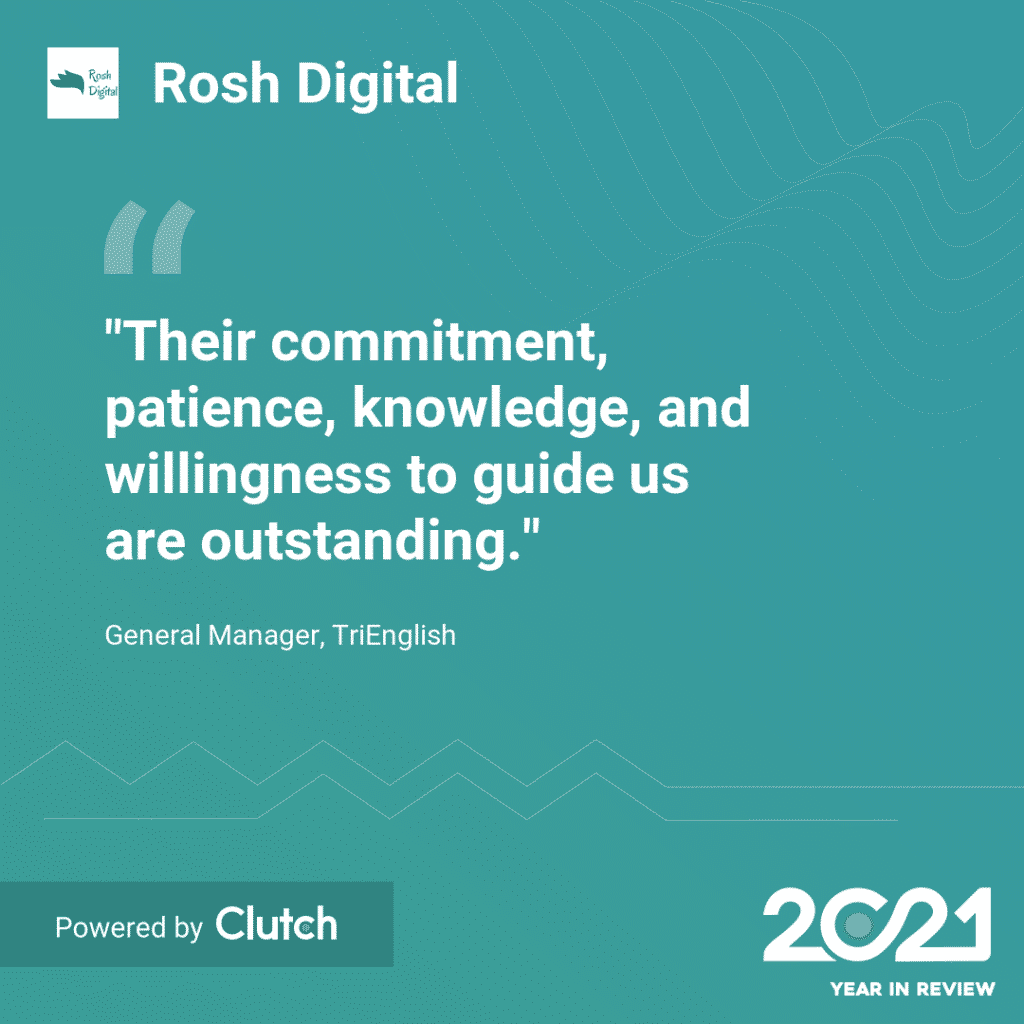Introduction
In the realm of online marketing, search intent has emerged as a critical concept that drives the effectiveness of paid search campaigns. Understanding search intent goes beyond merely targeting keywords; it involves deciphering the underlying motivations and goals of users when they conduct search queries. By grasping the essence of search intent, a paid search company can optimize ad campaigns to align with users’ needs and deliver relevant and engaging content.
In this article, we will explore the theory behind search intent and its significance in driving successful paid search campaigns.
- The Significance of Search Intent: Search intent represents the purpose behind a user’s search query and provides valuable insights into their needs and expectations. It goes beyond the surface-level understanding of keywords and delves into the psychology of why users are conducting specific searches. Recognizing the intent behind a search query enables businesses to tailor their content and messaging to match users’ motivations, leading to higher click-through rates, better engagement, and increased conversions.
- Different Types of Search Intent: Search intent can be broadly classified into several categories, including:
a) Informational Intent: Informational intent focuses on users seeking knowledge or answers to their questions. They may be looking for instructions, definitions, explanations, or general information on a particular topic. Tailoring content to address these queries can position your business as a reliable source of information and build trust with potential customers.
b) Navigational Intent: Navigational intent arises when users are searching for a specific website, brand, or webpage. Optimizing for navigational intent involves ensuring your brand or website appears prominently in search results, making it easier for users to find and navigate to your desired destination.
c) Transactional Intent: Transactional intent indicates that users are ready to make a purchase or engage in a specific online transaction. These users are actively seeking products, services, or solutions. Creating targeted ad campaigns with persuasive messaging and clear calls-to-action can significantly improve conversions.
d) Commercial Investigation Intent: Commercial investigation intent reflects users who are in the research and comparison stage of their buying journey. They are exploring different options, reading reviews, and comparing products or services. Providing comprehensive and unbiased information can help establish your brand as a trusted authority, increasing the likelihood of conversions when users are ready to make a decision.
- Identifying Search Intent: To effectively target search intent, businesses and paid search companies employ various strategies, including:
a) Keyword Analysis: Analyzing keywords and search queries can provide valuable clues about the intent behind them. Identifying patterns and trends in keyword usage can help businesses tailor their content and ad campaigns to match user intent.
b) User Behavior Analysis: Studying user behavior, such as click-through rates, bounce rates, and time spent on a page, can offer insights into the effectiveness of content in addressing search intent. This analysis helps optimize ad campaigns and landing pages to better align with user expectations.
c) Social Listening and Surveys: Monitoring social media conversations and conducting surveys can provide direct feedback from users regarding their intentions, pain points, and preferences. This data can inform content creation and campaign strategies.
- Creating Relevant and Engaging Content: Once search intent is understood, businesses can focus on creating content that directly addresses users’ needs. By providing valuable information, solutions, and engaging experiences, businesses can capture the attention of users, establish authority in their industry, and foster long-term relationships.
- Continuous Adaptation and Optimization: Search intent is a dynamic concept that evolves over time. Businesses and paid search companies must continuously monitor trends, evaluate campaign performance, and adapt strategies accordingly. By staying up-to-date with changes in user behavior and search intent, businesses can maintain a competitive edge and deliver relevant content to their target audience.
By understanding search intent, businesses can tailor their ad campaigns, keyword targeting, content creation, and overall digital marketing strategies to better serve the needs of their target audience. It helps businesses go beyond surface-level keyword optimization and enables them to deliver more relevant and meaningful experiences to users.
The concept of search intent guides businesses in crafting content that directly addresses users’ specific needs, whether it’s providing information, solving problems, making purchasing decisions, or conducting research. By aligning their content and messaging with the intent behind users’ search queries, businesses can increase engagement, improve click-through rates, and enhance the overall effectiveness of their paid search efforts.
Conclusion
In conclusion, search intent is a framework that businesses can leverage to gain a deeper understanding of user motivations and optimize their paid search campaigns accordingly. By aligning their strategies with search intent, businesses can improve relevance, engagement, and conversions, ultimately driving greater success in their online marketing endeavors.













